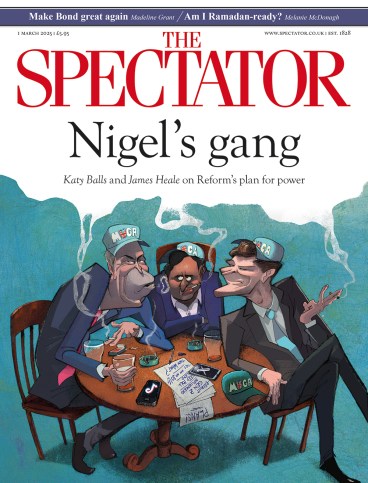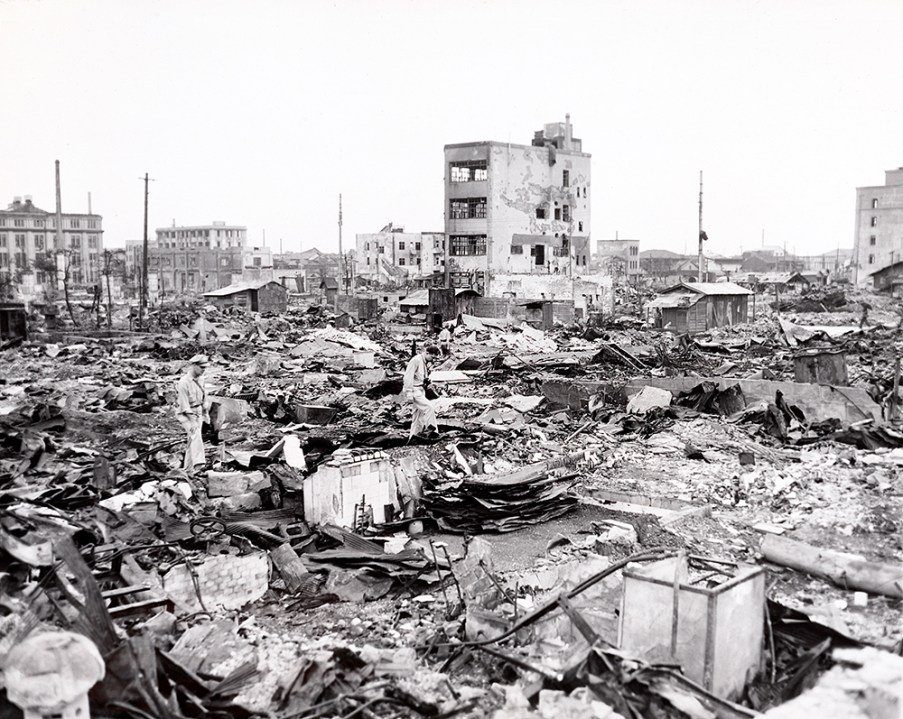
Ian Buruma has narrated this article for you to listen to.
At 8.15 a.m. on 6 August 1945, a B-29 bomber called Enola Gay dropped ‘Little Boy’ over Hiroshima. The thermal radiation from the atom bomb was 900 times more searing than the sun. An estimated 118,661 civilians died, horribly. Survivors staggered about with their skin in shreds, their intestines hanging out and their blacked and bleeding faces grotesquely disfigured.
Upon hearing the news, President Harry Truman called the bombing ‘the greatest thing in history’. Why the US unleashed the terrible bombs over Hiroshima, and three days later over Nagasaki, has been much debated ever since. In his excellent short book on the subject, Richard Overy writes:
The question asked is usually ‘Was it necessary?’ The question, however, should really be ‘Why was it thought to be necessary at the time?’
Moralising or justifying in hindsight is too easy. The Americans desperately wanted the war with Japan to end as swiftly as possible, thereby avoiding a bloody invasion. They believed the Japanese would fight to the last man and woman. Truman thought he had no choice. Few people then would have disagreed with him.
But dropping an atom bomb on a densely populated city was not entirely uncontested at the time. Most of the scientists involved in the nuclear project thought a demonstration away from a city would suffice. And many still believe that killing people with such a horrendous weapon crossed a clear boundary. War is terrible. But what happened in Hiroshima was utterly immoral.
Overy questions whether there was even a clear moral distinction between the atomic bomb attacks and ‘strategic’ or ‘saturation’ bombing with more conventional arms.









Comments
Join the debate for just £1 a month
Be part of the conversation with other Spectator readers by getting your first three months for £3.
UNLOCK ACCESS Just £1 a monthAlready a subscriber? Log in